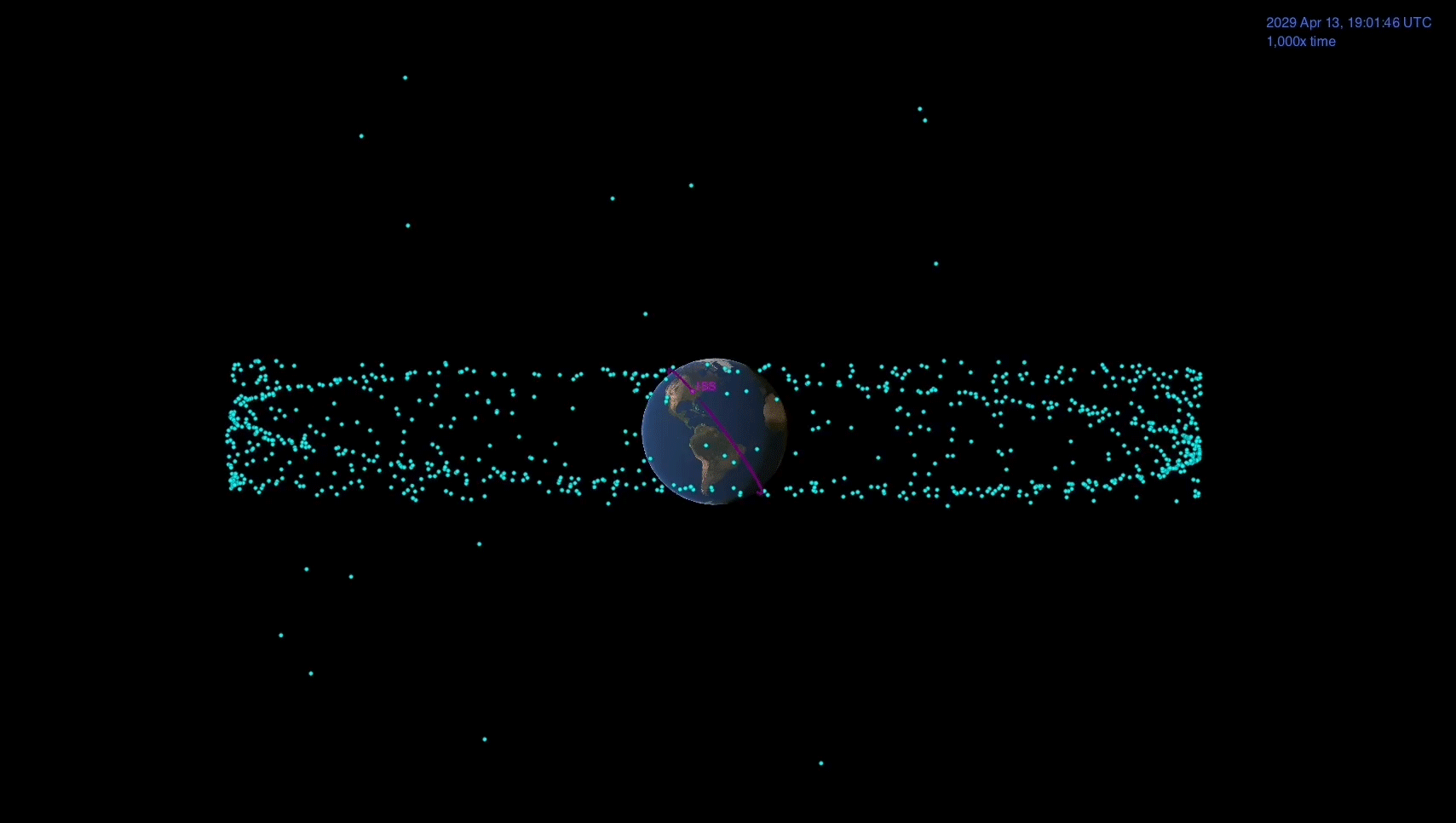What would we do if an asteroid was on a collision course with Earth?

What would we do if there were a small but significant chance that the Earth was about to be hit by a massive asteroid? This week, scientists and government organizations are planning for just such an eventuality.
At the Planetary Defense Conference in the Washington, DC, area, a number of government organizations, including NASA and the Federal Emergency Management Agency (FEMA), are undergoing a mock asteroid impact exercise. (This is the sixth asteroid practice scenario of which NASA has been a part.)
Starting this week, an international team of scientists, engineers, and decision makers such as FEMA officials began performing a fake but realistic drill of what would happen if an asteroid were on a direct collision path with our planet (Similar practices have been done to simulate pandemics caused by bioweapons.)
The fictional asteroid, named PDC, is given 1-in-100 odds (the level at which action would be taken if the situation were real) of striking Earth. Each day, the group leaders brief the participants with updates on the situation and ask for ideas and feedback on how to handle fact-finding missions, possible deflection attempts, and how to minimize any possible effects if there’s no way of stopping it from hitting Earth.
As of the end of day two of the simulation, the fictional asteroid now has a 1-in-10 chance of hitting our planet. Yikes. Paul Chodas, director of the Center for Near-Earth Object Studies, told NPR that he designed the run-through to “stress the system,” putting the asteroid in a really inconvenient orbit.
A real life near-miss
Although it is confirmed to be a near-miss, researchers are already preparing for an asteroid that will zip past Earth in a decade. On April 13, 2029 (and yes, that’s a Friday the 13th), the 1,100-foot-wide (340-meter-wide) asteroid 99942 Apophis is expected to make a close flyby, passing just 19,000 miles (31,000 kilometers) above us (don’t worry, we’re safe.) Mark your calendars, because there’s a good chance you will be able to see it pass by.
The image above shows just how close it will fly, with Earth-orbiting satellites shown as blue dots. Most asteroids that come that close are orders of magnitude smaller, measuring about five or 10 meters in size.
This time, researchers are in a unique position. The asteroid was discovered back in 2004 and is not closely tracked. The researchers want to use the advance notice to get ready to collect data about its surface, shape, composition, orbit, and even its interior.
This data will inform scientific research, but it could also provide us with information that could help deflect asteroids in the future: A rock’s interior composition can determine whether the rock should be broken up or just moved out of the way.
Exactly which studies will be deployed is under discussion at the conference this week. “We will gain important scientific knowledge that could one day be used for planetary defense,” said Chodas in a press release.
Deep Dive
Space
How to safely watch and photograph the total solar eclipse
The solar eclipse this Monday, April 8, will be visible to millions. Here’s how to make the most of your experience.
How scientists are using quantum squeezing to push the limits of their sensors
Fuzziness may rule the quantum realm, but it can be manipulated to our advantage.
The race to fix space-weather forecasting before next big solar storm hits
Solar activity can knock satellites off track, raising the risk of collisions. Scientists are hoping improved atmospheric models will help.
Stay connected
Get the latest updates from
MIT Technology Review
Discover special offers, top stories, upcoming events, and more.